Innovations in Product Development
Innovative product development is a key driver shaping The Global Shea Butter Industry. As consumer preferences evolve, manufacturers are increasingly focusing on creating unique formulations that incorporate shea butter in novel ways. This includes the development of multifunctional products that combine shea butter with other beneficial ingredients, such as essential oils and botanical extracts. The rise of personalized skincare solutions is also influencing product innovation, as consumers seek tailored products that address specific skin concerns. Furthermore, advancements in extraction and processing techniques are enhancing the quality and efficacy of shea butter, making it more appealing to manufacturers. This emphasis on innovation not only attracts new consumers but also encourages existing customers to explore a wider range of shea butter-infused products, thereby driving market growth.
Expansion of Online Retail Channels
The proliferation of e-commerce platforms is significantly impacting The Global Shea Butter Industry. As consumers increasingly turn to online shopping for convenience and variety, the demand for shea butter products is likely to rise. E-commerce provides brands with the opportunity to reach a broader audience, transcending geographical limitations. This shift is particularly relevant in regions where access to physical retail outlets may be limited. Online platforms also facilitate the introduction of niche and artisanal shea butter products, catering to specific consumer preferences. The growth of social media and influencer marketing further amplifies the visibility of shea butter products, driving consumer interest and engagement. As a result, brands that effectively leverage online retail channels are poised to capture a larger share of the market, contributing to the overall growth of the shea butter industry.
Rising Demand for Natural Cosmetics
The increasing consumer preference for natural and organic products is a pivotal driver in The Global Shea Butter Industry. As consumers become more health-conscious, they are gravitating towards cosmetics that contain natural ingredients, including shea butter. This trend is reflected in the cosmetic sector, where the market for natural cosmetics is projected to grow at a compound annual growth rate of approximately 10% over the next five years. Shea butter, known for its moisturizing and healing properties, is increasingly being incorporated into skincare and haircare products. This shift towards natural formulations not only enhances product appeal but also aligns with the growing awareness of the harmful effects of synthetic chemicals. Consequently, manufacturers are likely to invest more in shea butter as a key ingredient, thereby driving its demand in the market.
Sustainability and Ethical Sourcing
Sustainability has emerged as a crucial factor influencing consumer choices in The Global Shea Butter Industry. With a growing emphasis on ethical sourcing, consumers are increasingly seeking products that are not only effective but also environmentally friendly. Shea butter is often sourced from women-led cooperatives in Africa, promoting social responsibility and economic empowerment. This ethical dimension resonates with consumers who prioritize sustainability in their purchasing decisions. Furthermore, brands that adopt sustainable practices are likely to gain a competitive edge, as they appeal to a conscientious consumer base. The market for sustainably sourced shea butter is expected to expand, as more companies commit to transparent supply chains and environmentally friendly practices. This trend not only supports local communities but also enhances brand loyalty among consumers who value ethical considerations.
Growth in Food Industry Applications
The versatility of shea butter extends beyond cosmetics, finding significant applications in the food industry, which serves as a notable driver in The Global Shea Butter Industry. Shea butter is increasingly being utilized as a substitute for cocoa butter in chocolate production, owing to its similar properties and potential cost advantages. The food sector is projected to witness a steady growth rate, with the demand for shea butter in food applications expected to rise as manufacturers seek healthier alternatives to traditional fats. Additionally, the incorporation of shea butter in various culinary products, such as spreads and baked goods, is gaining traction. This diversification into food applications not only broadens the market scope for shea butter but also enhances its overall demand, as consumers become more aware of its nutritional benefits.


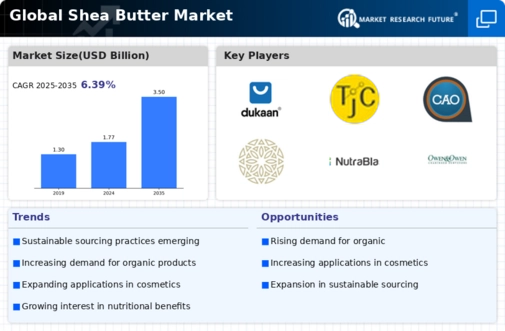
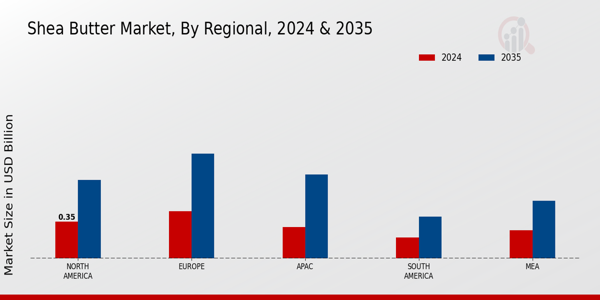
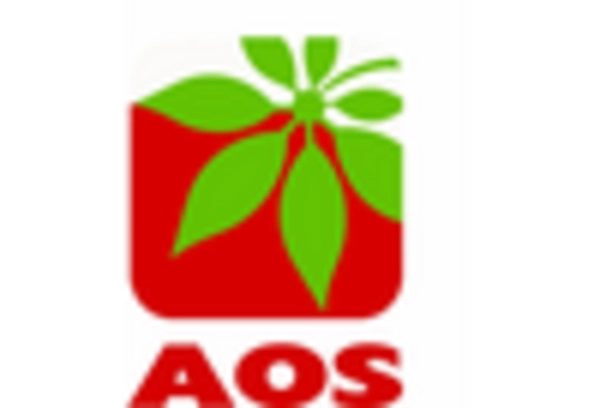


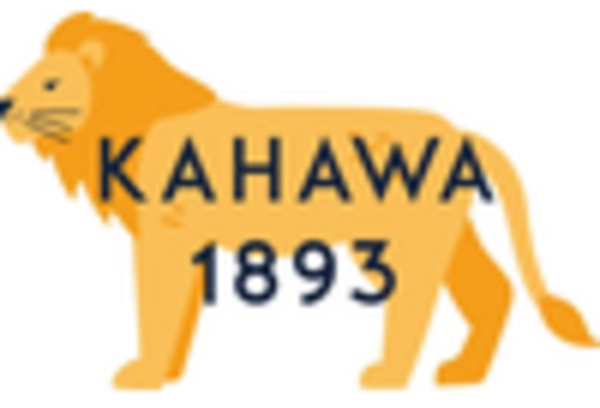
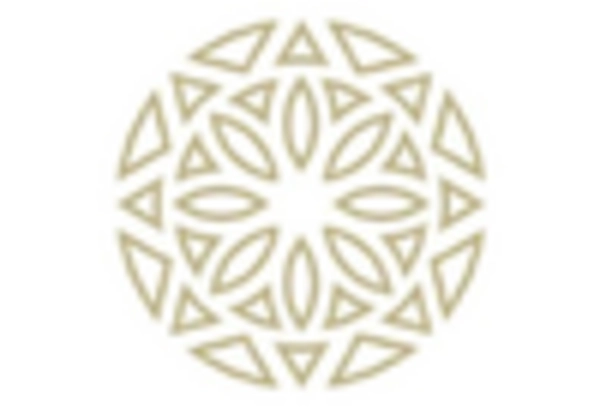









Leave a Comment